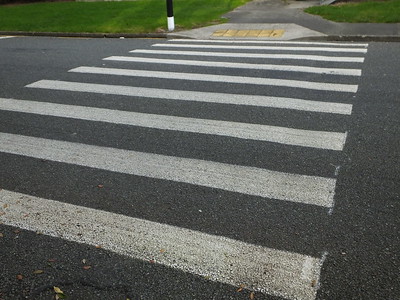Improving pedestrian safety

VR technology helps improve pedestrian safety
University of South Australia researchers will create a walkable environment with the VR technology, which will help planners and engineers design better roads and footpaths.
Older pedestrians are overrepresented in road accidents, with up to 50 per cent of all injured pedestrians in OECD countries being seniors. Similarly, a study by Victoria Walks found people aged 65 and over represent 14.6 per cent of the population yet account for 39 per cent of all pedestrian fatalities.
The Department of Infrastructure, Transport, Regional Development and Communications has awarded UniSA a $142,034 Road Safety Innovation Fund (RSIF) grant to investigate the VR-based methods for assessing pedestrian safety through the eyes and experiences of older people.
Research suggests road intersection design, crossing widths, traffic light locations and timings, as well as traffic types and density, all play a part in the overrepresentation of older people in road accidents.
The interdisciplinary study involves three UniSA researchers – Dr Jun Ahn (Construction Management), Dr Gun Lee (VR technology) and Dr Ancret Szpak (Psychology).
Dr Ahn says the study will use innovative user experience methods including eye-tracking, getting participants to verbalise their thoughts (ThinkAloud techniques), and wearable biosensors to track physiological indicators of stress such as heart rate, skin conductance response and movement.
“Having access to a wide range of data from both virtual and real environments means we can overcome the limitations of previous ways of assessing pedestrian safety,” Dr Ahn says.
“Through this project we will create a virtual environment to simulate the road environment. We can easily change that virtual model to test the impact that a range of factors, such as intersection designs, crossing widths and traffic signals, have on road safety.
“The project will focus on the needs of older people, who may, for example, have impaired vision or hearing, need a walking aid or require longer to cross the road than young people.”
